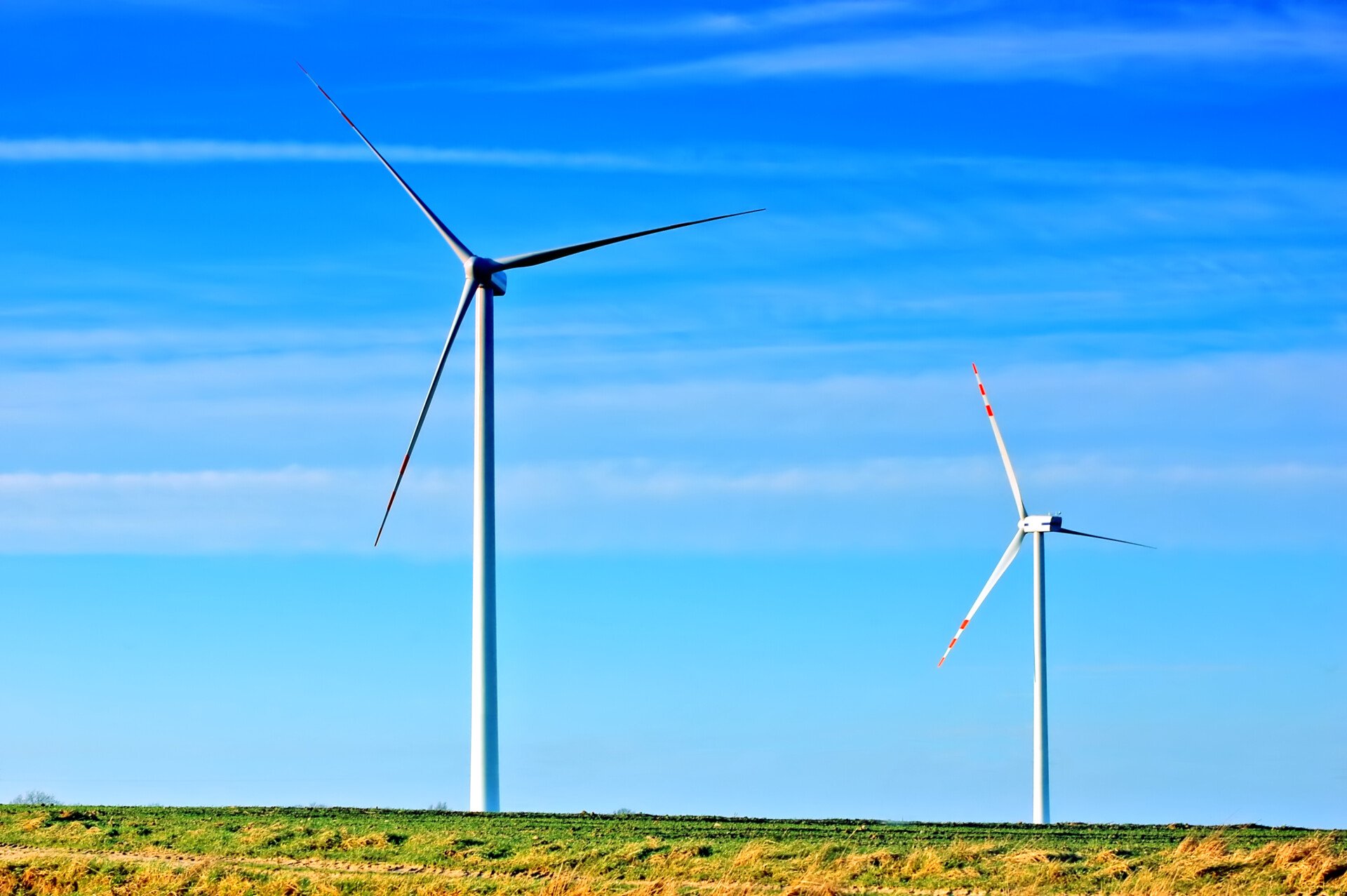Market trends in the sector confirm that non-alcoholic, or rather dealcoholized, wines are winning over a large number of consumers. As has already happened in the world of non-alcoholic beer and decaffeinated coffee, consumers and producers have divergent opinions: THE Dealcoholized wine represents a new segment in the evolution of wineas Chiara Soldati (president of the Commission for the social aspects of the consumption of alcoholic beverages of Federvini) declares in an interview.
Soft drinks and market trends
The world's leading provider of beverage data, theInternational record for wines and spirits (IWSR), highlighted an exponential growth in the consumption of non-alcoholic and low-alcoholic beverages. This to orient oneselffar from being a passing fad, it is consolidating itself as a true revolution in the world of beverage.
You too can rediscover the pleasure of staying informed!
Your support helps protect our independence so we can continue to produce quality journalism that is open to all.
Support us
According to IWSR analysis, the volume of beverages no alcohol (NoLo) will continue to grow at an annual rate of 7% by 2026, driven by the star and Australian markets. According to the latest research Compound annual growth rate (TCCA) Consumption of non-alcoholic and low-alcohol beverages appears to be steadily increasing, far outstripping that of traditional alcoholic beverages.
The data is confirmed by a survey by the Federvini Observatory organized by Nomisma and TradeLab, which certifies the growth of non-alcoholic wine in the United States, but also in Germany and the United Kingdom, of +6% in 2023 compared to 2021. This growth would be led by the new generations oriented towards more conscious consumption and attention to physical fitness and well-being, with the birth of a real movement. No/low alcohol.
What is non-alcoholic wine and how is it made?
In Italy, for an alcoholic beverage to be defined as “wine”, it must be obtained from the partial or total fermentation of grapes or grape must and guarantee an alcoholic strength between 9% and 15% vol., except for certain particular denominations. With particular processes, it is possible to process wine, sparkling wine and carbonated sparkling wine.
In fact, the EU has authorized the production and trade of non-alcoholic wines as early as 2021. and the legislation currently in force regulates production and marketing, defining maximum limits of residual alcohol and mandatory labeling. The dealcoholization of wine is a process that aims to reduce or completely eliminate the ethyl alcohol present in the final product, preserving as much as possible its organoleptic characteristics.
There are different techniques that, depending on the final product sought (totally or partially dealcoholized), each have their advantages and disadvantages. The most used at the industrial level are vacuum distillation, reverse osmosis, low temperature steam and membrane filtration. Dealcoholized wine has an alcohol content not exceeding 0.5% vol., while partially dealcoholized wine has an alcohol content between 0.5% and 9%. Full dealcoholization can only take place for products without designation of origin or geographical indication. While partial dealcoholization is authorized for any type of wine.
The current situation of dealcoholized wines in Italy
Until now, an Italian entrepreneur wishing to produce non-alcoholic wines has to go abroad, but can still enter the market. Although there is a European regulation on the matter, according to the Ministry of Agriculture and Coldiretti, these wines will not be encouraged.
In the meantime demand continues to grow and Italian brands risk losing ground to other producing countries. On the other hand, on the sidelines of Vinitaly, the Minister of Agriculture, Francesco Lollobrigida, declared that wine alcohol free “It can open up market segments but risks closing others, which are at the basis of our country's history.“.
The production and marketing of this product could be an alternative and a great opportunity for producers. Italy, with its wine tradition, has a unique opportunity to position itself as chief in the market for non-alcoholic and low-alcoholic beverages, as it can bring closer to the wine sector a part of the population that, for religious or health reasons, has remained distant from it, as well as a public of wine consumers who consider them as an alternative. An innovation that could bring relief to the wine industry This is also evidenced by the contraction in consumption and years characterized by temperatures detrimental to the health of the vineyards.

